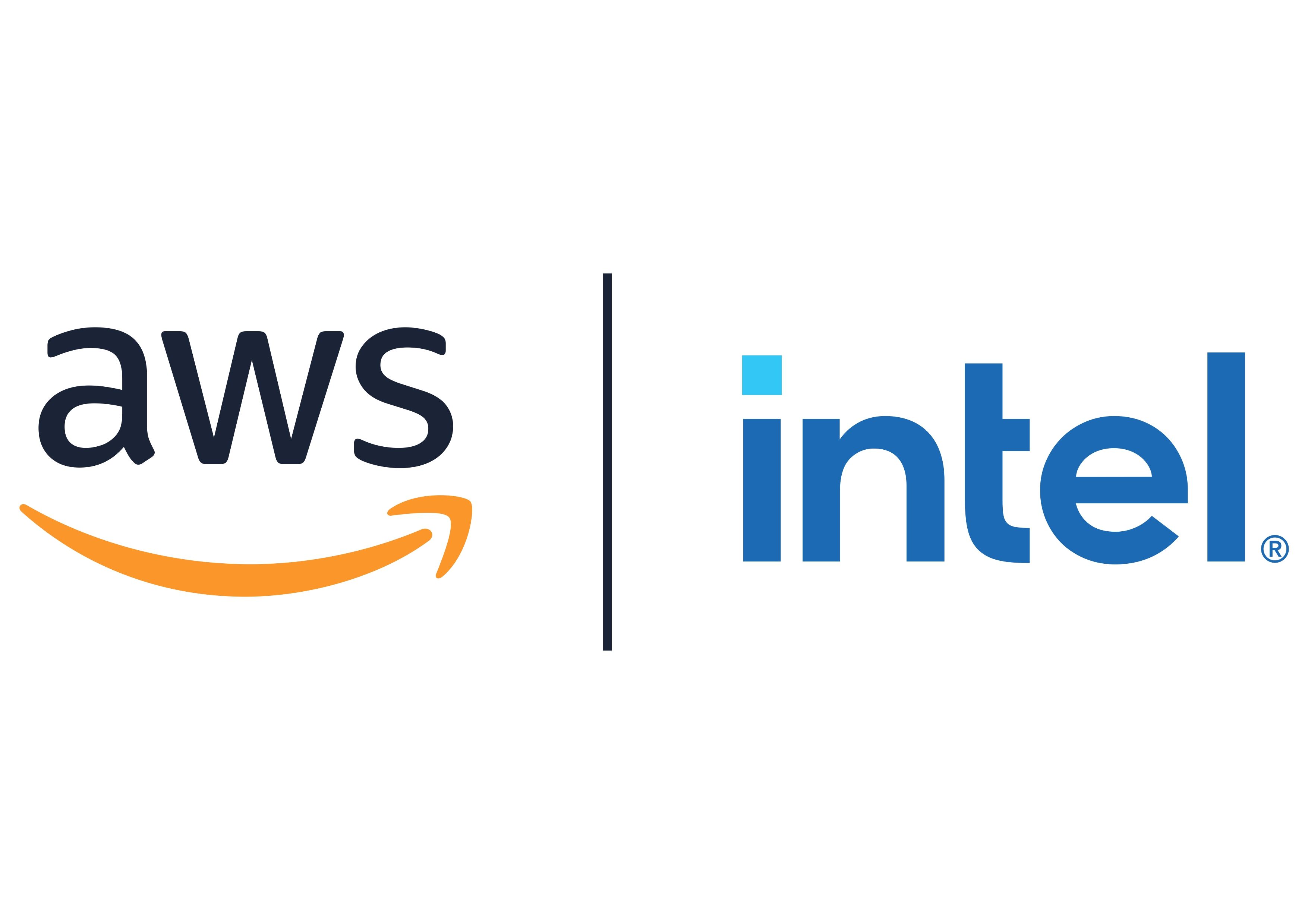
AWS | Intel
View Brand PublisherEmployee experience is about delivering a one-on-one engagement: Sandeep Chaudhary of PeopleStrong
Sandeep Chaudhary, CEO, PeopleStrong talks about the future of work, embracing the hybrid model, and the post-pandemic workforce in the second episode of the Digital DNA series.
The closure of offline stores owing to the pandemic led several brands to shift their infrastructure to the cloud, thus giving rise to new trends and ushering in an era of digital transformation.
Leading the charge around this transformation are Software-as-a-Service (SaaS) companies, which have been leveraging the power of the cloud in innovative ways. And to understand what this transformation means for the Indian market, YourStory, in association with AWS, is hosting the Digital DNA series featuring experts across India’s SaaS ecosystem who will share their unique insights around how this digital transformation will shape the ecosystem.
In the second episode, Jon Izenstark, Head - Worldwide Business Development, AWS, spoke to Sandeep Chaudhary, CEO, – a SaaS-based HR tech company – about the paradigm shift in the way companies work, employee-first policies, and the modification of workforces following the pandemic.
Building a cloud-based HR system
Started by a team of first-generation entrepreneurs, PeopleStrong initially saw a lot of focus by organizations and enterprises on the centralisation of information and creation of shared services, says Sandeep. “Along the way, we saw a massive shift and a move that saw the creation of a system of records which is where the enterprises started to convert a lot of Excel sheets into software. This was the era of HR Tech 1.0” he adds.
Legacy systems used to have a very interdependent architecture and continued to see low adoption, Sandeep says, and adds that with HR Tech 2.0, the next wave saw a System of Records (SOR) migrating onto the workflow. “This is fundamentally when our brand was born purely on the cloud, and this was cloud-based, modular in its architecture, and mobile-first, which slowly started to become the norm in the ecosystem,” he shares.
Sandeep adds that large enterprises are getting more serious about their employee-first strategy, which has become even more compelling because it is impossible for these enterprises to deliver according to a customer-first strategy if they’re not providing a similar experience to their employees.
Noting that the employee experience isn’t just about managing them in a conventional way, Sandeep says that it’s about delivering a one-on-one engagement. He adds that the changes brought along by the pandemic have led companies to discover the level of penetration and the digital lifestyle that is being adopted by people everywhere.
Emergence of the Talent Economy: Hybrid work is here to stay
Talent has become rarer than capital today. In the war for talent, talent has clearly won. With hybrid working model becoming the new normal, Sandeep adds that businesses are taking the opportunity to modify their workforce while a host of talent landscape opens up. HR Technology has skipped a step in its evolution and advanced to support these changes.
“You will see a multitude of employment relationships emerge between the employee and employer. Now, everything you end up doing for those categories of employees is going to shape the future of the workforce and organizations need an HR Tech 4.0 platform that caters to the workforce of today & tomorrow,” he says.
Going forward, adds Sandeep, it is not only going to be about the system of records present on the software, but also about how to make the software smarter and more efficient.“We came up with the talent operating system in the middle of the pandemic because we believe we have to become a lot more personalized to an employee’s current needs & aspirations,” he shares.
There are several disintegrated data points from the time that an individual climbs higher into the firm, to the time when a company curates the individual’s aspirations, says Sandeep, adding that the talent operating system empowers employees to make decisions based on what career opportunities are available in the specific organization.
How to choose the perfect HR platform
Talking about how CIOs and CHROs of large enterprises are essentially a form of ‘power couples’, Sandeep says that they are seeing a greater influence being yielded by CHROs while making the decision of choosing an HR tech platform.
“The CIO is a very important stakeholder that needs to bring in a careful assessment of various technology platforms to determine how they can be integrated, or how they can replace them with one comprehensive agile platform that can help them deliver to their employee-first strategy,” he adds.
Sandeep notes that the vision of large organizations gets created by a CHRO, and a large part of that gets co-executed by the ‘power couple’. He adds that it has become increasingly important for CIOs to step into the shoes of an employee while making decisions and not just look at the budgets and adjust with the legacy systems already available.
Additionally, HR also needs to step into the shoes of the CIO because one of the most critical future skills required by next-gen CHROs is to become technology experts, says Sandeep. “Fundamentally, the reluctance of HR to solve problems through technology and see that as losing control is a false place to be in. In fact, they need to see how technology can enable them to do a lot more with a far leaner HR department,” he adds.







